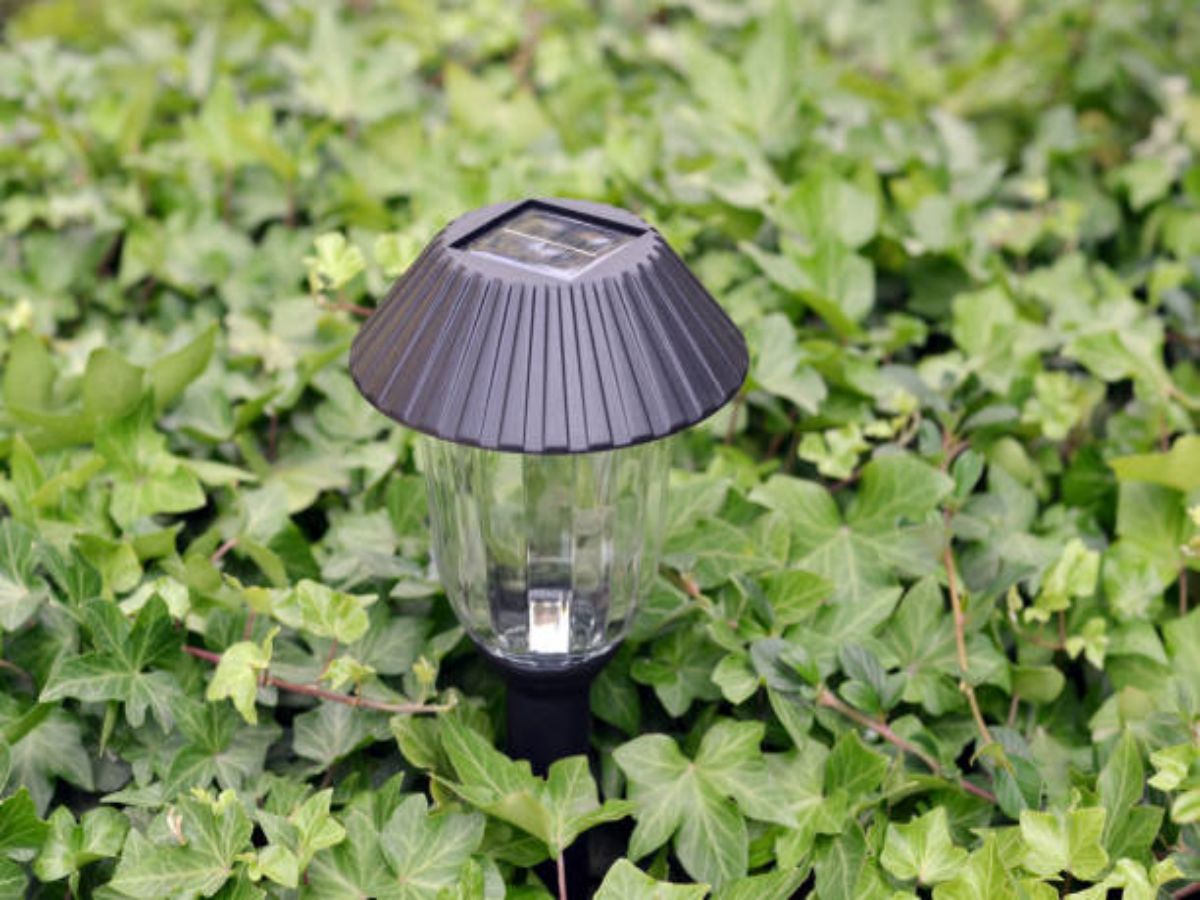Understanding Trailer Wiring Diagrams
Trailer wiring can be a complex task, but with the right knowledge and guidance, it can be a straightforward process. A trailer wiring diagram is a visual representation of the electrical connections between the towing vehicle and the trailer it is hauling. It provides crucial information on how to properly connect the wiring harness, ensuring that all the lights, brakes, and other electrical components function correctly. By referring to a trailer wiring diagram, you can avoid potential problems and ensure a safe and reliable towing experience.
Choosing the Right Wiring System
Before you start the installation process, it is essential to determine the appropriate wiring system for your trailer. There are several types of trailer wiring systems available, including four-way, five-way, six-way, and seven-way connectors. Each type corresponds to the number of electrical functions your trailer requires, such as tail lights, brake lights, turn signals, reverse lights, and electric brakes. By understanding the specific requirements of your trailer, you can select the appropriate wiring system and ensure compatibility with your towing vehicle.
Identifying the Wiring Colors
One of the first steps in trailer wiring installation is identifying the wiring colors. Each wire in the trailer harness is color-coded to indicate its function. While the colors may vary slightly depending on the manufacturer, there are standard color codes that are widely followed. For instance, white wires are typically ground wires, yellow wires are for left turn and brake lights, green wires are for right turn and brake lights, and brown wires are for tail lights and running lights. By understanding these color codes, you can easily match the wires during the installation process.
Locating the Trailer Wiring Connector
To begin the installation, you need to locate the trailer wiring connector on your towing vehicle. The connector is usually located near the rear bumper or on the driver's side frame rail. It may be a round or rectangular socket, depending on the wiring system you have chosen. Once you have located the connector, you can proceed with the installation process, ensuring that the wiring harness is long enough to reach the trailer hitch.
Connecting the Wiring Harness
Connecting the wiring harness is a crucial step in trailer wiring installation. It involves joining the wires from the trailer to the corresponding wires on the towing vehicle. This can be done using connectors or by splicing the wires together. Connectors provide a secure and convenient method, allowing for easy removal and reconnection. However, if your trailer does not have connectors, you may need to strip the insulation off the wires and splice them together using wire nuts or soldering. Whichever method you choose, ensure that the connections are secure and insulated to prevent any electrical issues.
Testing the Electrical Connections
After completing the wiring installation, it is crucial to test the electrical connections to ensure everything is functioning correctly. Use a trailer wiring tester or a multimeter to check each function, including the tail lights, brake lights, turn signals, and reverse lights. This step is essential to identify any wiring errors or faulty connections that may pose a safety hazard on the road. Make any necessary adjustments or repairs before towing your trailer.
Adding Additional Accessories
If your trailer requires additional accessories, such as electric brakes or a battery charging system, it is essential to incorporate them into the wiring diagram and installation. Electric brakes require a separate wiring system, including a brake controller and additional wiring connections. A battery charging system, on the other hand, involves connecting the trailer's battery to the towing vehicle's charging system. By understanding the specific requirements of your trailer and following the wiring diagram, you can successfully incorporate these additional accessories.
Maintaining the Trailer Wiring System
Once you have completed the trailer wiring installation, it is crucial to regularly inspect and maintain the system to ensure optimal performance. Check for any loose connections, damaged wires, or corrosion. Clean the connectors and apply dielectric grease to prevent moisture and corrosion. Additionally, ensure that all the lights and electrical components are functioning correctly before each towing trip. By maintaining the trailer wiring system, you can prevent potential issues and prolong its lifespan.
Seeking Professional Help
If you are unsure about any aspect of trailer wiring installation or if you encounter any difficulties, it is always best to seek professional help. Professional technicians have the expertise and experience to handle complex wiring systems and ensure a safe and reliable installation. They can also provide valuable advice and guidance tailored to your specific trailer and towing vehicle.
Conclusion
Trailer wiring installation may seem daunting at first, but with the right knowledge and guidance, it can be a manageable task. By referring to a trailer wiring diagram, selecting the appropriate wiring system, and following the correct installation procedures, you can ensure a safe and reliable towing experience. Regular maintenance and inspections will further enhance the performance and longevity of your trailer's wiring system. If in doubt, do not hesitate to seek professional assistance to ensure a successful installation.

